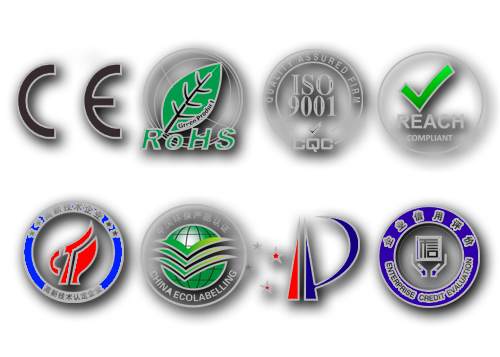How the air filter works
The structure of the high-efficiency air filter is introduced into the guide plate of the compressed air pouring out of the inlet. The guide plate has an even distribution of inclined teeth similar to a fan blade, which forces the high-speed compressed air to rotate strongly along the tangential direction of the teeth.
The liquid water mixed with oil and larger impurities in the air acts as a powerful centrifugal force.
Separated from the bottom, they are thrown against the inner wall of the cup and then flow to the bottom of the cup. The compressed air with liquid water, oil, and large impurities is eliminated and then further filtered through the filter element to remove weak solid particles, and then clean compressed air is output from the outlet. The umbrella baffle divides the cup into an upper and a lower part.
The lower part maintains a pressure static zone, which prevents the high-speed rotating airflow from drawing oil from the bottom of the cup.
The oil and water that collects in the bottom of the cup are released through the drain valve. The air filter must be installed vertically downwards.
The function of the air filter
The compressed air from the air source contains excess water vapor with oil droplets and solid impurities such as rust, sand, pipe sealant, etc. These can damage the piston seals, block the small exhaust holes in the components and shorten the life of the service time components or render them ineffective.
The function of the air filter is to compress liquids in the air. Separate and filter water and liquid oil droplets to remove dust and solid impurities from the air, but not gaseous water and oil.
Introduction to the main functions of high efficiency filters
The air drawn in during the operation of the HEPA filter contains a large amount of water vapor and oil. It also draws in large quantities of particulate matter such as rust powder, stones, and other solid dust.
This dust can damage the piston and block the exhaust holes of the HEPA filter, which significantly shortens the life of the HEPA filter. Its function is to squeeze the air, separate the water vapor and oil droplets from the air, and filter out airborne particles and dust.
1, Filtration accuracy refers to the maximum amount of particulate matter that can normally be filtered through a high-efficiency filter. The main factor influencing the filtering accuracy is the filter element. Depending on the customer's needs, they can choose different filter elements to achieve different filtration accuracies.
2, Flow characteristics It refers to the relationship between the standard environment, the amount of air passing through, and the pressure at both ends of the filtration curve. In practical daily use, the optimal use pressure is less than 0.03 MPa, which facilitates the normal operation of the HEPA filter in the long term.
3, Is the water distribution efficiency It refers to the relationship between the water content of the separate air and the water content of the original air, also known as the dehydration process. The efficiency of the high-efficiency filter is usually not less than 80%.
|

 German
German French
French Italian
Italian Portuguese
Portuguese Japanese
Japanese Korrean
Korrean Russian
Russian




